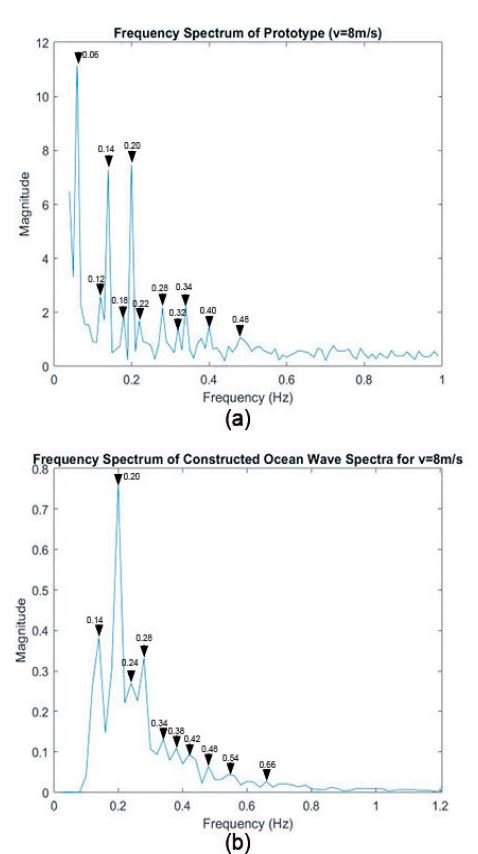Soft Robot: Simulating Ocean Wave Movement
Simulating Ocean Wave Movement in a Soft Pneumatic Surface
Natural patterns can have a restorative effect such as improving our ability to concentrate, facilitated through exposure to pleasing stimuli that intrigues us enough to capture us through a soft fascination, but does not require our direct attention. Our aim is to translate soothing ocean phenomenon into the behavior of our soft robotic surface. Our larger goal is to try to evoke the sense of soft fascination provided by nature through bio-informed cyber-physical systems. We used data from a real ocean wave movement to create a mathematical model which is translated into a tangible form through the inflation patterns of the pneumatic surface.







